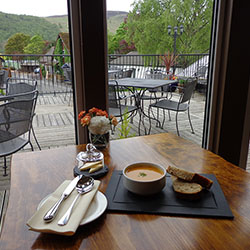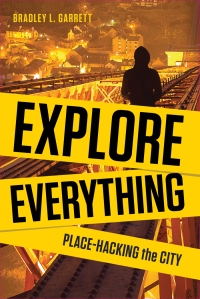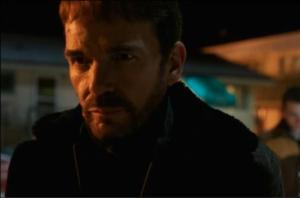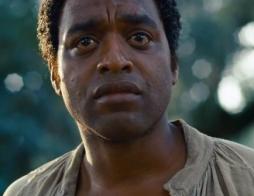Oldham often bears the brunt of the wintry weather in Greater Manchester and there was definitely a strange chill over the town on Tuesday evening, when Oldham Coliseum Theatre hosted the world premier of Ian Kershaw’s adaptation of Susan Hill’s The Mist in the Mirror.
Avid fans of the Gothic tradition will not be disappointed with this chillingly entertaining production as Kershaw’s adaptation retains all the terrifying plot elements of Hill’s Gothic novel including: orphaned hero, terrifying villain, lots of thunder and lightning, eerie old houses, and even the Yorkshire moors.
Set at the turn of the 20th century, The Mist in the Mirror follows orphaned hero James Monmouth (played by the affable Paul Warriner), as an ‘honest’ gentleman on a quest to trace his family history. James travels from Africa, where he was sent to live at the age of 5, back to his native England. One gloomy evening he finally arrives in a Dickensian-like London that is smothered in fog and harbouring secrets down every alleyway.
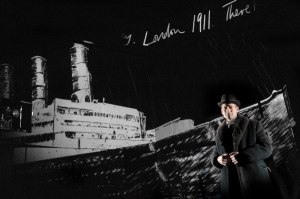 It is at this moment that the production really brings the dark magic of the play to life. Whilst the narrator of the tale (played by Jack Lord) starts to recount the journey, a steamboat lurches into view and words appear to write themselves around the interior rim of the set. Actors pull wings from the blackened stage, and the dark set is suddenly transformed into an inn, then it morphs into a London street, and then an antiquarian bookshop. The list of set transitions and locations is copious, and all morph within the blink of an eye.
It is at this moment that the production really brings the dark magic of the play to life. Whilst the narrator of the tale (played by Jack Lord) starts to recount the journey, a steamboat lurches into view and words appear to write themselves around the interior rim of the set. Actors pull wings from the blackened stage, and the dark set is suddenly transformed into an inn, then it morphs into a London street, and then an antiquarian bookshop. The list of set transitions and locations is copious, and all morph within the blink of an eye.
The stunning video and light projections by imitating the dog are perfectly choreographed to every actor’s movements. Even the act of holding a lamp or candle is visually arresting in this play as the glow creates creeping shadows on the walls, illuminates a door that definitely wasn’t there a second ago, and allows the audience to glimpse the terrifying epitaph of the play’s arch-villain, Conrad Vane. Some of the set-pieces of the video projections include Monmouth’s spine-chilling amble around a library in search of Vane’s demonic writings, and a journey on a steam train to Yorkshire, complete with moving landscapes and falling snow.
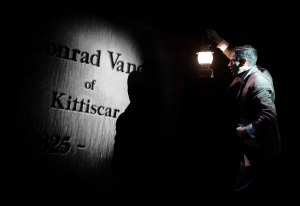 A Gothic tale couldn’t be ‘gothic’ without exaggerated pathetic fallacy and Kershaw’s production brought the first audible gasps of fright from the audience with a huge crack of lightning that rippled across the backdrop. Further gasps and jumps were created by the lingering spectre of an unknown boy with a cloth sack for a head, who haunts James Monmouth throughout the play, and it’s a spectre that isn’t a video projection. This makes his appearances all the more terrifying and it will be impossible to look at a scarecrow in the same way ever again.
A Gothic tale couldn’t be ‘gothic’ without exaggerated pathetic fallacy and Kershaw’s production brought the first audible gasps of fright from the audience with a huge crack of lightning that rippled across the backdrop. Further gasps and jumps were created by the lingering spectre of an unknown boy with a cloth sack for a head, who haunts James Monmouth throughout the play, and it’s a spectre that isn’t a video projection. This makes his appearances all the more terrifying and it will be impossible to look at a scarecrow in the same way ever again.
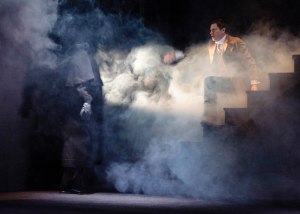
So, whilst the wintry mist still lays thick over Oldham, go and see The Mist in the Mirror before it descends on another town as part of its nation-wide tour.
Reviewed on behalf of this rather brilliant Manchester blog: http://thingstodoinmanchester.blogspot.co.uk/ Thank you Liz!
Mist in the Mirror is on at the Oldham Coliseum Theatre until Feb 21st for more details click this link www.coliseum.org.uk
(All Mist in the Mirror production shots: credit Joel C Fildes)


 Florals and bird prints are on-trend for Spring 2016 and Christiane Lemieux has launched a stunning new ‘Living by Christiane Lemieux’ range for House of Fraser. Lemieux’s elegant designs feature an Hiroto-inspired print of a heron soaring over orchids and clouds. As the signature piece of Lemieux’s new collection, the heron (which is a Chinese symbol of strength, purity and patience) adorns a range of bedding, dinnerware and soft home furnishings.
Florals and bird prints are on-trend for Spring 2016 and Christiane Lemieux has launched a stunning new ‘Living by Christiane Lemieux’ range for House of Fraser. Lemieux’s elegant designs feature an Hiroto-inspired print of a heron soaring over orchids and clouds. As the signature piece of Lemieux’s new collection, the heron (which is a Chinese symbol of strength, purity and patience) adorns a range of bedding, dinnerware and soft home furnishings.